The Germany Army in World War One from 1914 to 1918.
Uniforms, strength, organization, tactics and commanders at the beginning of the conflict.
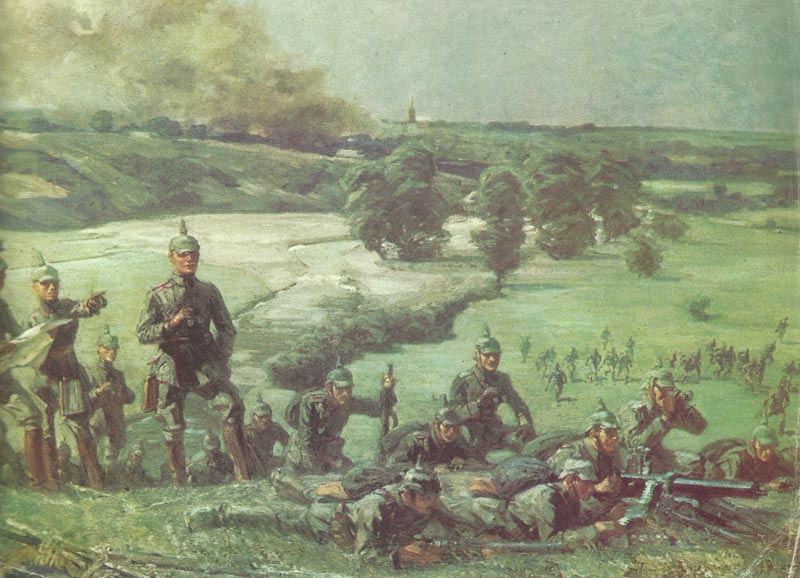
German Army
The German Empire, announced in the Hall of Mirrors, Versailles in 1871, had around 1914 inhabitants of well over 65 millions. On paper, aside from the limited quantity needed by the fleet, almost all healthy males of military services age belonged to the German army.
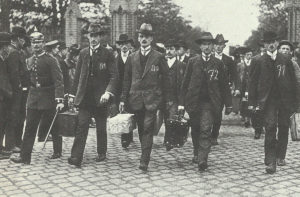
Called up annually, with the age of 17 to 20 years they were enrolled in the Landsturm, Class I. At 20 those who were healthy signed up with the active army for two-years’ service, or the cavalry and horse artillery for 3 years. Later on they entered the Reserve for 5 years (for the horse artillery or cavalry for 4 years).
In reality, the active German army could just take about 50 % of the yearly call-up, and the unneeded, in addition to those let off for some other reasons, was enrolled in the Ersatz Reserve, benefiting from, at the best, restricted exercising. With the age of 27 to 39, almost all served in the Landwehr, then from 39 to 45 in the Landsturm, Class II.
The active army of 25 1/2 army corps – each of 2 divisions – and 11 cavalry divisions was held at 50 to 60 % war strength. Furthermore, there were 32 reserve, 7 Ersatz reserve and the equal to 16 Landwehr divisions.
Mobilization had been an extensive and significant procedure, through which the military could be generally useless as a fighting force. Nor did it finish there, for the army must be deployed, which in 1914 meant deployment by train. This procedure, the Aufmarsch, was essential and organized with not less than attention as mobilization itself, for on it would relay the results of the opening strategy and, it was thought, of the conflict. Mobilization needs to be directed quickly so that the opponent couldn’t come up with a lead, and whenever requested it results undoubtedly to the Aufmarsch. The armies might be stopped on the frontier, however the opportunity wasn’t certainly taken into consideration, and in 1914 mobilization meant war !
For this layout, virtually common in Europe, the Germans had created two exceptions. Aiming to enjoy smashing for a speedy triumph against France within a fight against two fronts, General von Schlieffen, chief of the general staff from 1892 to 1905, had designed to employ reserve and Ersatz reserve divisions in the initial fights, backing up by the well-trained reserve and regular officers as well as on potent cadres of regular non-commissioned officers to compensate for the reserves’ deficiencies of training. The second thing is, 6 infantry brigades along with joined artillery, pioneers and cavalry, had been held during peace at full fighting strength and quartered near to the Belgian frontier, prepared to grab the Liege forts and clear the way through Belgium to northern France immediately after war had been announced.
The peacetime power of the German army in 1914 was 856,000 soldiers. On mobilization qualified reserves would bring it up to 3.8 millions, nevertheless in crisis just around 8.5 millions could be called to the colors. Towards France 7 armies would be deployed, totaling 34 army corps – of which 11 were reserve formations – and 4 cavalry corps. In the east, the VIII Army – with 4 army corps of which a single was a reserve corps with cavalry and some Landwehr – consisted of some 200,000 soldiers and would postpone the Russian armies the best it could. There have been additional reserves, garrisons, and depots units, as well as in Schleswig-Holstein a reserve army corps was deployed in case the British tried out an invasion or Denmark breaks it neutrality.
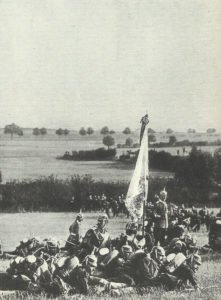
Regardless of their defeat in 1870-71, the French troops had demonstrated the German army several sharp tutorial concerning the strength of the breech-loading rifle fire versus soldiers in the open field, and in their exercising later on the Germans adopted modern firepower intensely. Once the machine-gun was enhanced, the Germans adopted it far more seriously compared to other military. Schlieffen’s strategic strategy to encircle the French armies by a gigantic strike through Belgium originated from his realization that frontal assault would be expensive as well as indecisive. Observing the German maneuvers of 1895, a professional British observer published that the soldiers ‘… behave like smart individuals, who completely realize their job, and the point talks a lot depending upon how even privates are conditioned to make use of their own initiative’.
However, while time passed, experiences of 1870-71 diminished and arrogance and traditionalism announced themselves. The Germans continued to be excellent soldiers, but of the maneuvers of 1911, Colonel Repington of The Times wrote, ‘there is inadequate examination of the initiative of commanders of any units small or large … The infantry doesn’t have rush as well as demonstrate no understanding of the ground … provide exposed targets at moderate ranges … usually are not conditioned to be aware of the outcomes of fire and movement and appear completely not aware of the consequence of contemporary fire’.
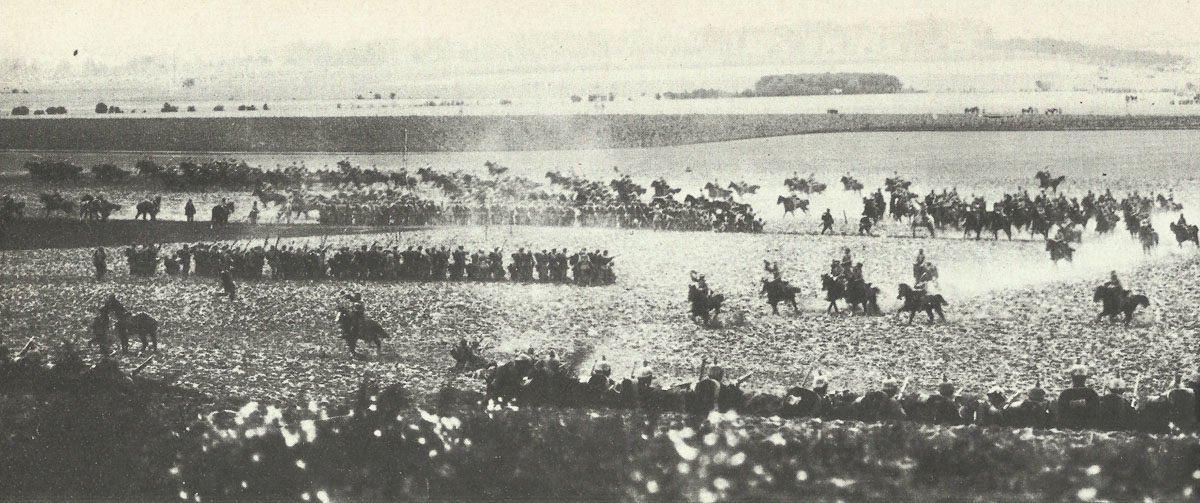
Theoretically the unreliable and vain Wilhelm II would be C-in-C in times of war, and till 1908 he usually mentions of truly performing this task. But he didn’t have his grandfather’s severe concern in army matters, revealing in presentation instead of warlike performance. Schlieffen pandered to him with military spectacle, cavalry charges, as well as naive triumphs in maneuvers and war games.
General von Moltke, nephew of the great Moltke as well as a Helmuth, who became chief of general staff at the outset of 1906, rejected to do so. Creative, questioning his own military skill, passionate about anxiety about revolution, he had agreed on the appointment in the thought that he would not be asked to control in war. Deficient the belief as well as strength of character necessary to complete the Schlieffen Plan, he failed with it, weakening the important right wing, improving the defending left and the Russian Front. In war games he authorized frontal attacks as possible. In 1914, he was 66 years old, sick, beyond the job which he had never been matched.
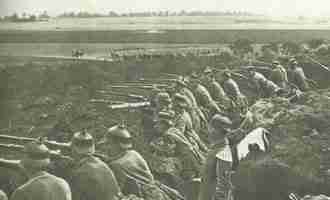
Following him emerged the army commanders: on the crucial right wing, commanding the I, II and III Armies correspondingly, a group of three of 68 years old, Generals von Kluck, von Bülow, and von Hausen, tough men, pushers – particularly Kluck, cruel, somewhat crisp in trouble. Subsequent came up the trio of royals: the Duke of Württemberg commanding the IV Army; the Crown Prince, the V; Prince Rupprecht of Bavaria, the VI; then ultimately von Heeringen, 64 years old, ex-minister for war, the VII. In the Prussian tradition their chiefs of staffs backed them with expertise pretty much comparable to their own. Commanding the VIII Army in East Prussia was General von Prittwitz und Gaffron, 66 years old, self-important, fat, indolent, with contacts to date resistant versus Moltke’s desire to exchange him. Major-General Ludendorff, 49 years old – his name was unadorned with the aristocratic von – was assistant chief of staff of the II Army, having dropped the key post of head of the deployment section under Moltke for excessive insistence on improving the intake of the German army.
GERMAN EMPIRE (August 8, 1914 – November 11, 1918)
- Population 1914 = 65,000,000
- Peacetime Army Strength (July 1, 1914) = 880,000
- Mobilized = 4,500,000
- Soldiers available on mobilization = 5,000.000
- Corps = 41
- Infantry Divisions = 82
- Cavalry Divisions = 11
- Other Units = 6 divisions and 32 brigades
- Artillery guns = c.7,400
- Machine-guns = 4,500
- Army strength during the war = 13,250,000
- KIA Military = 1,850,000
- Wounded Military = 4,250,000
- Death civilians = 812,996
 CONTINUE HERE TO PART II of German uniforms in First World War
CONTINUE HERE TO PART II of German uniforms in First World War
References and literature
History of World War I (AJP Taylos, S.L. Mayer)
The Germany Army 1914-18 (D.S.V. Fosten, R.J. Marrion)
 See also: German Fighting Power
See also: German Fighting Power


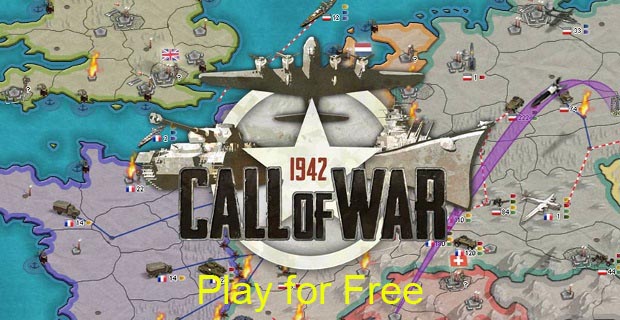

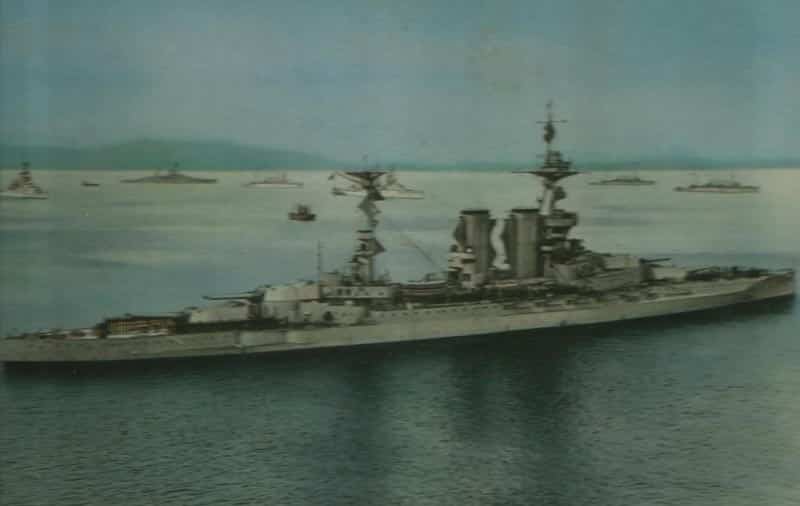
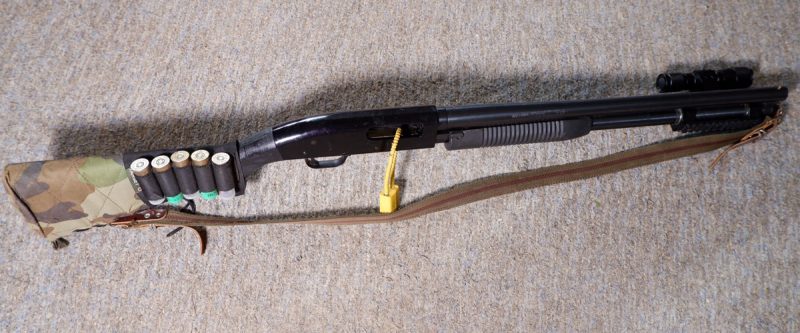
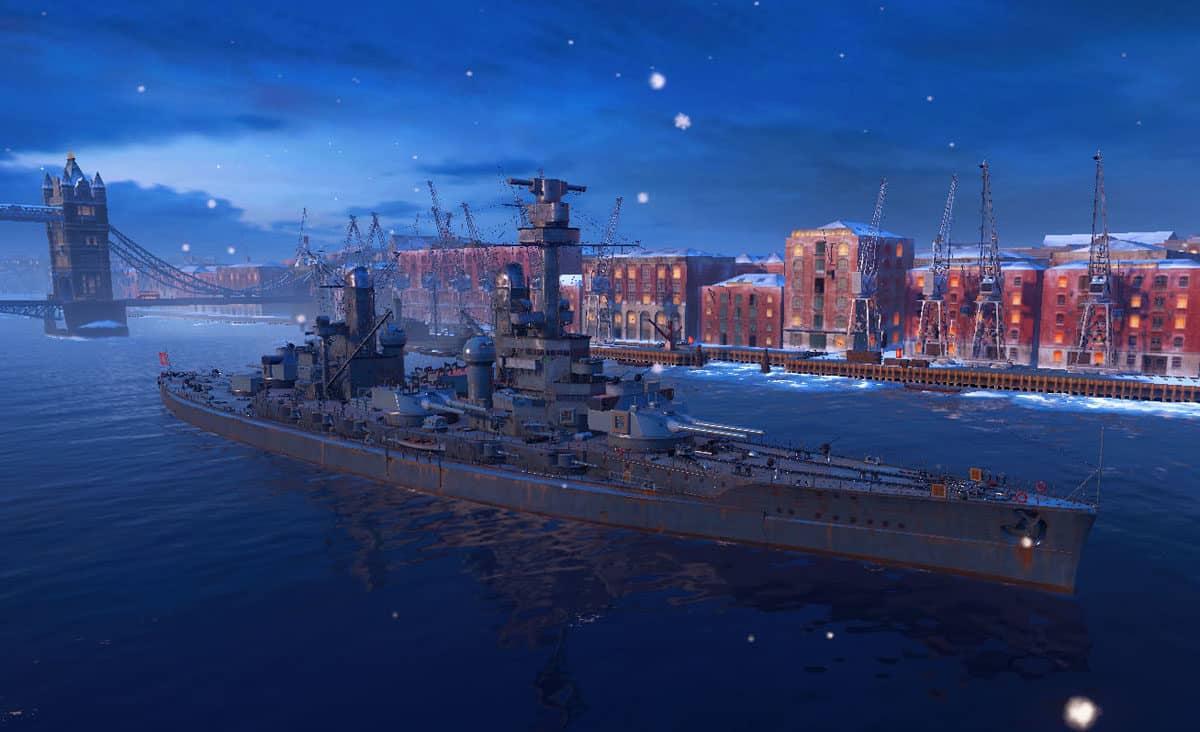
In terms of # of Machine Guns, Russia led the pack. They had learned that in 1904-5 vs Japan. In terms of “use”, Germany was far and away ahead of any other army. In 1914 Russia had as many as 9,000 Maxim guns.